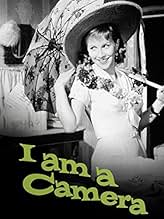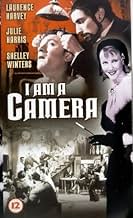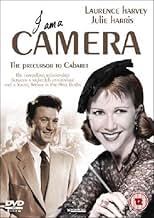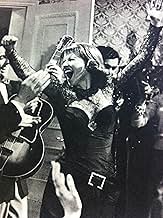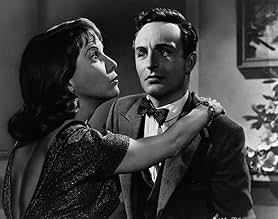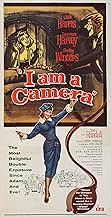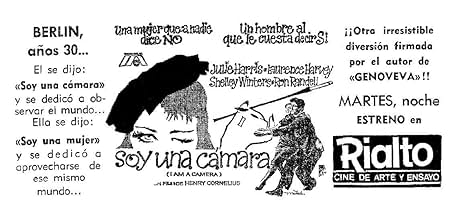Ajouter une intrigue dans votre langueIn Weimar-era Berlin, an aspiring writer strikes up a friendship with a vivacious, penniless singer.In Weimar-era Berlin, an aspiring writer strikes up a friendship with a vivacious, penniless singer.In Weimar-era Berlin, an aspiring writer strikes up a friendship with a vivacious, penniless singer.
- Nominé pour le prix 1 BAFTA Award
- 1 nomination au total
William Adams
- Old Doctor
- (uncredited)
Ian Ainsley
- Minor Role
- (uncredited)
Charles Andre
- Waiter
- (uncredited)
Julia Arnall
- Model
- (uncredited)
Jack Arrow
- Troika Doorman
- (uncredited)
Histoire
Le saviez-vous
- AnecdotesDespite being far less salacious than the 1951 stage play on which it was based, this film adaptation received a "Condemned" rating from the Legion of Decency, a Roman Catholic organization that passed moral judgments on films between 1933 and 1965. This rating was also given to Psychose (1960), Certains l'aiment chaud (1959) and À bout de souffle (1960).
- GaffesWhilst most of the film is a flashback set in the early 1930s, all the costumes and hairstyles worn are straight out of the early 1950s.
- Citations
Christopher Isherwood: [to Sally] Any mess you get into, you try and get out of by using your extremely inadequate sex appeal.
- Générique farfeluIn opening credits, Shelley Winters is misspelled "Shelly".
- ConnexionsFeatured in Omnibus: Christopher Isherwood: A Born Foreigner (1969)
- Bandes originalesI Saw Him in a Café in Berlin
(uncredited)
Music by Ralph Maria Siegel
English lyrics by Paul Dehn
Sung by Liselotte Malkowsky
[Sally (Julie Harris) sings the song in her club act]
Commentaire en vedette
In Isherwood's preface to his "Berlin Stories" he talks about meeting Julie Harris backstage during "Camera's" Broadway run, and seeing her as the quintessential Sally Bowles. Maybe he was being gracious, but we couldn't have agreed more. Filled with witty dialogue, this film moved at a brisk pace, and yet when it was over, we felt as if we had seen an in depth slice of the demimonde life in pre-war Berlin. Harris was simply fascinating - what a beautiful smile! Highly recommended (if you can find it) for those who find this time and place irresistible.
Nice details too, including quick shots of Berlin "boot-girls" (dominatrix ladies of the night) and the El Dorado, one of the city's most colorful transvestite bars (even the murals inside are spot on!)
Nice details too, including quick shots of Berlin "boot-girls" (dominatrix ladies of the night) and the El Dorado, one of the city's most colorful transvestite bars (even the murals inside are spot on!)
- pjsuther
- 25 juin 2002
- Lien permanent
Meilleurs choix
Connectez-vous pour évaluer et surveiller les recommandations personnalisées
- How long is I Am a Camera?Propulsé par Alexa
Détails
- Durée1 heure 38 minutes
- Couleur
- Rapport de forme
- 1.37 : 1
Contribuer à cette page
Suggérer une modification ou ajouter du contenu manquant

Lacune principale
By what name was I Am a Camera (1955) officially released in India in English?
Répondre

